#neo romanticism
Text

Title: The Moat and Bishop's Palace, Wells Cathedral
Artist: Walter Crane
Date: 1893
Style: Neo-Romanticism
Genre: Landscape
#art history#art#painting#artwork#history#museums#culture#vintage#curators#classicalcanvas#neo romanticism#landscape#walter crane
591 notes
·
View notes
Text
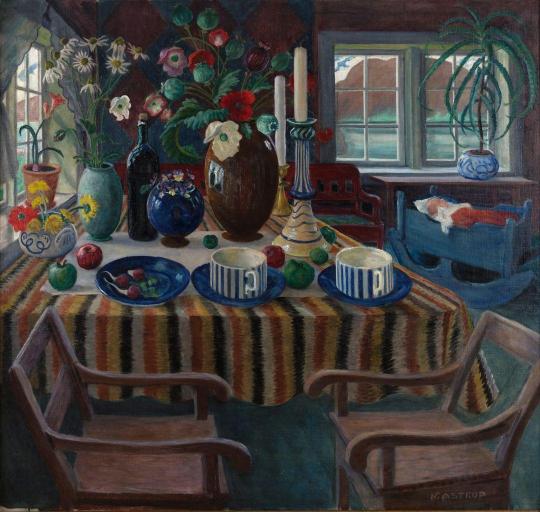
Nikolai Astrup (Norwegian, 1880-1928) • Interior with Large Blue Pitcher • 1921-1922
#art#fine art#painting#art history#nikolai astrup#norwegian artist#oil painting#modernism#neo romanticism#early 20th century european art#1920s art#artwork#paintings of domestic interiors#paintings of interiors#the painted room art blog#art blogs on tumblr#art lovers on tumblr
56 notes
·
View notes
Text
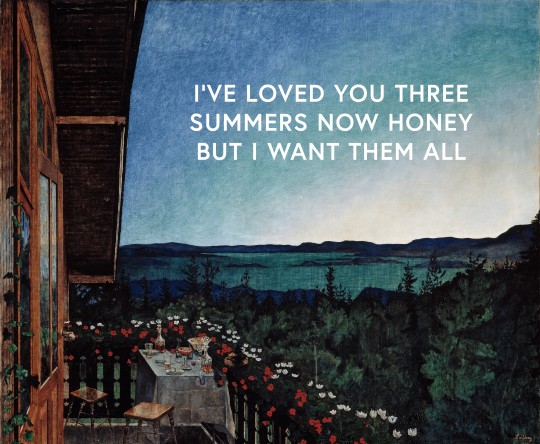
Summer Night by Harald Sohlberg, 1899 / "Lover" by Taylor Swift
1K notes
·
View notes
Text

Stanley Spencer (British, 1881-1959) • Silent Prayer • 1951 • The Wadsworth Atheneum, Hartford, Connecticut
#art#painting#still life#fine art#art history#stanley spencer#british artist#still life with figures#modern art#british modernism#british painter#still life in an interior#art of the still life blog#oil painting#neo romanticism#art blogs on tumblr
20 notes
·
View notes
Text

Ethel Léontine Gabain (1883–1950) • The Nymph • 1935- 1936 • Brighton & Hove Museums, UK
#art#painting#ethel gibain#fine art#art history#women in paintings#french artist#british painter#french painter#portrait#paintings of women#early 20th century art#woman painter#woman artist#john copley#neo Romanticism
14 notes
·
View notes
Text

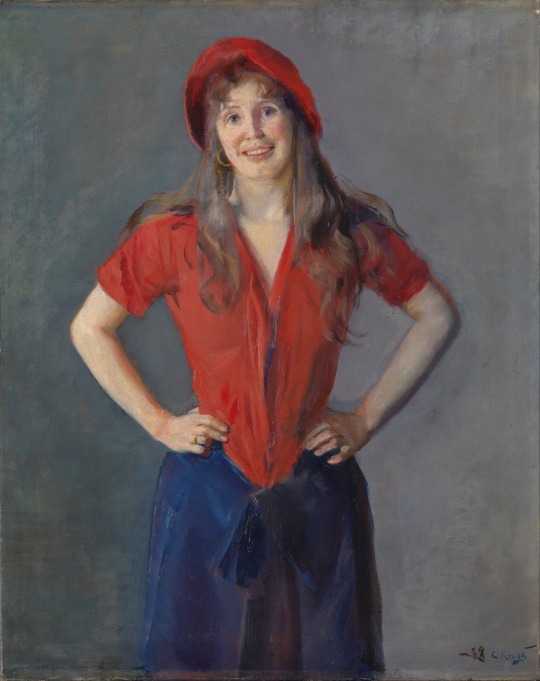

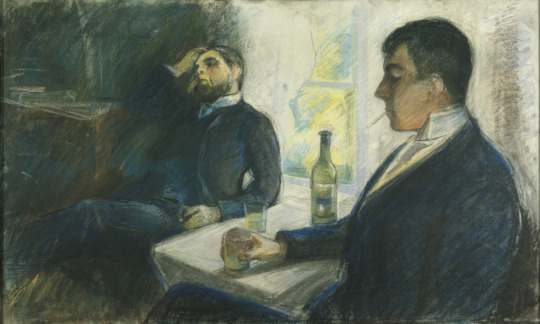
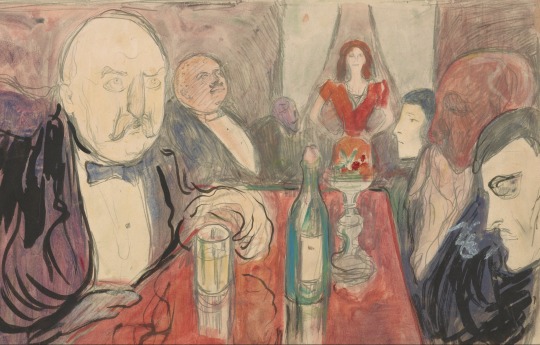
The Kristiania Bohemians were a political and cultural movement of naturalist and neo-romanticist artists in the 1880s centered in Kristiania (now Oslo), Norway. They got their name from the 1886 book Fra Kristiania-bohêmen by nihilist Hans Jæger, the leading figure of the movement, a book that caused him to be convicted and sentenced for infringement of modesty and public morals, and for blasphemy. Other figures in the movement were Christian and Oda Krohg, and Edvard Munch was connected as well.
The Kristiania Bohemians were rebelling against the prevailing social structure, and held loud discussions on morals, sex, drugs and free love. They believed that institution of marriage should be abolished and that there should be full sexual freedom between the sexes. The Kristiania Bohemians are also known for their self-satirizing Nine Bohemian Commandments (1889).
Paintings: Hans Jæger by Edvard Munch, Oda Krohg by Christian Krohg, Absinthe Drinkers and Kristiania Bohême II 1895 by Edvard Munch
#the venn diagram of the niche interests between me and the average 40 year old norwegian teacher is a circle#kristiania bohemians#literary history#naturalism#neo romanticism#neoromanticism#mine
5 notes
·
View notes
Text
"Atmosphere is the medium through which we see all things. In order, therefore, to see them in their true value on a photograph, as we do in Nature, atmosphere must be there. Atmosphere softens all lines; it graduates the transition from light to shade; it is essential to the reproduction of the sense of distance. That dimness of outline which is characteristic for distant objects is due to atmosphere. Now, what atmosphere is to Nature, tone is to a picture."
- Alfred Stieglitz, photophraher on Tonalism toward Pictoralism
4 notes
·
View notes
Text
there's just... there is no reason to make yet another cop show in this day and age. copaganda is not only bullshit, it is a failure of imagination.
you want to watch brooding characters with dark pasts investigate crimes in an official capacity? just use private detectives (cops have a miserable solve rate anyway). want eccentric geniuses & their sidekicks solving mysteries? i present you with armchair detectives & neighborhood busybodies. oh, you're craving a workplace comedy-drama starring overworked protagonists doing their heartfelt best to resolve community conflicts? social worker office sitcom! bitch this is ACHIEVABLE
#i lied the one reason to make a cop show is you want a mafia show and the cops are currently by far the most powerful u.s. mafia#BUT! i cannot emphasize enough: the police have none of the aesthetics or personality of the actual mafia so why even bother#The Sopranos but in an office setting with buzzing fluorescent lighting? and half your co-workers are weekend neo-nazis? come on#no. just no#from now on i want all tv cops to be villainous side characters#but BORING villainous side characters#i like villains as much as the next queer audience member but i cannot overstate the importance of portraying cops as not just bastards#but BORING bastards#they are so boring. they are boring and hateful and also neither particularly smart nor interesting#i need to emphasize: there is NOTHING to romanticize there#i am so passionate and supportive of anti-romanticizing cops. ANTI-ROMANTICIZE THE POLICE.#the police are BORING and HATEFUL and CRUEL and BASIC AS HELL#and we should be pointing that out publicly every chance we get#the police are BORING BASIC BITCHES and mocking them publically is a patriotic service
7K notes
·
View notes
Text

Bonfire Celebrating Midsummer Night, Nikolai Astrup, 1912/1926
#art#art history#Nikolai Astrup#genre painting#landscape#landscape painting#Norway#Scandinavia#night scene#Neo-Romanticism#Modernism#Norwegian art#Scandinavian art#20th century art#oil on paper#National Museum of Art Architecture and Design
652 notes
·
View notes
Text
The Black Butler revival will, of course, in this day and age, be the complete embodiment of pro-ship vs. anti-ship discourse, given the subject matter.
But for those of you who are watching this for the first time in 2024 (which includes myself!), there are certain things about the show you simply must understand, for the sake of media literacy.
The first is that Black Butler is supernatural gothic romanticism at its core. This genre alone should tell you that the relationships integral to the plot will be complex, messy, and toxic, by default. That is not only a huge part of this genre’s appeal, but very much the point of the story.
The themes are dark, the terrible things that happen to the main characters are dark, and therefore the relationships at the forefront (and in the background) will reflect that.
The gothic genre has been alluringly popular for over a century (longer, if you know your history) because audiences are entranced by the macabre, the tainted antiheroes, the monsters who live inside us all. It’s popular for a reason.
That being said, understand that whether you, the viewer, ship Sebastian and Ciel or not is irrelevant. Their bond doesn’t need to be understood as romantic or sexual, but it sure as hell isn’t normal. It isn’t healthy. And the audience knows that. That’s the draw. It’s what makes them compelling to watch.
Ciel and Sebastian’s relationship mirrors many gothic novels, poems, and penny dreadfuls written in the Victorian Era (the very same time period in which Kuroshitsuji takes place). The Victorian folks who read these tales for the first time ate that shit up, because it was tantalizing. It was shocking. It was inappropriate, and monstrous, and violent, and erotic, and went against societal norms. But that was the point.
A huge part of gothic romanticism is the blatant sexualization of the relationship between the “monstrous” characters and their human counterparts in the story. Sex itself doesn’t need to take place for their bond to be sexually charged. The forbidden nature of their relationship—which typically involves layers of social taboos, moral ambiguity, or simple infatuation—is what makes their interactions erotic. Sexual contact rarely ever actually happens in these stories. It’s the taboo nature of their bond that creates the tension.
One of the many reasons audiences love this genre is the constant question of morality in its themes. Who, between them, is the real monster? Could the human character have ever been saved? This genre is often associated with tragedy, because the bond forged between the characters in these stories are destined to end in death and destruction. The reader knows it can’t end any other way. How can it?
But an integral element of these gothic tales is the catharsis that comes with this tragedy. The corrupted human often gets what they want in the end, even if it’s at the cost of their own life. Whether they regret their choice to foster this monstrous relationship varies on the story, but it doesn’t change the trajectory of their descent.
Sebastian and Ciel’s relationship is the whole plot of Black Butler. Their closeness bears a grotesque ick factor, but it is deliberate. It is a constant reminder of how unnatrual their bond truly is. Rationalizing or watering down how abnormal they are about each other misses the point entirely. They will never have a normal, healthy relationship, and that’s what moves the plot forward.
That’s why you’re watching it.
#black butler#kuroshitsuji#ciel phantomhive#sebastian michaelis#the soundtrack repeatedly uses gregorian chants of the agnus dei. like COME ON. gothic media loves a catholic allegory#gothic literature#gothic romanticism#neo queen serenity’s posts#please remember to be civil! or else my block button will be upon ye#black butler analysis#kuroshitsuji anime#yana toboso#black butler anime#classic literature#black butler meta#black butler season 4#black butler s4#kuroshitsuji season 4
330 notes
·
View notes
Text
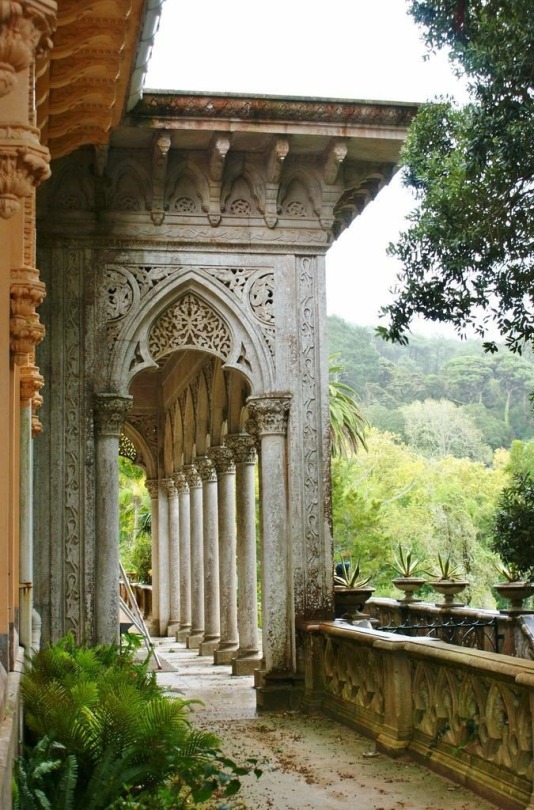
Porch of the Monserrate Palace, Sintra, Portugal
Palácio de Monserrate is a palatial villa located near Sintra, the traditional summer resort of the Portuguese court in the foothills overlooking the Atlantic Ocean north of the capital, Lisbon.
Designed by English architects James Thomas Knowles (father and son) and built in 1858, in neo-Gothic style.
#monserrate#pálacio de monserrate#monserrate palace#portugal#sintra#palace#palaces#ruins#nature#europe#european#architecture#portuguese#lisbon#neo gothic#james thomas knowles#english#architect#romanticism
753 notes
·
View notes
Text

Title: Laura reading
Artist: Walter Crane
Date: 1885
Style: Neo-Romanticism
Genre: Genre Painting
#art history#art#painting#artwork#history#museums#culture#vintage#curators#walter crane#neo romanticism#classicalcanvas
179 notes
·
View notes
Text

#photographers on tumblr#original photographers#architecture#cathedral#catholic#neo gothic#winter#snow#romantic#romanticism#urban photography#trees#church#architecture photography#winter aesthetic#moody
132 notes
·
View notes
Text






‘Her tender touch was all but a dream;
Unfurl sweet rosebud, holding morning dew,
By night the rose is gilded by frost’s gleam
What dawn proposes, dusk demeans’
#romanticism#classical art#neo classicism#poetry#literature#art#cottagecore#faerie#forestcore#romantic literature#romantic movement#rococo#ophelia#faecore#fairycore#faerycore#greek mythology#pastoral beauty#romantic tragedy#nymph aesthetic#nymphcore#tenderness#soft coquette
102 notes
·
View notes
Text

Harald Sohlberg
Havfruen. 1897
#harald oskar sohlberg#harald sohlberg#art on paper#art study#symbolism#neo-romanticism#norwegian artist#siren
32 notes
·
View notes
Text

Ethel Léontine Gabain (French-Scottish, 1883-1950) • The Little Hat
#neo romanticism#ethel léontine gabain#art#painting#fine art#art history#women in paintings#portrait#figurative art
13 notes
·
View notes